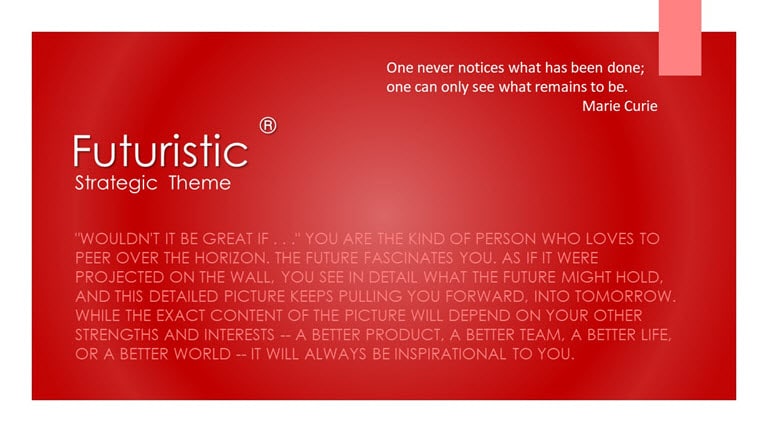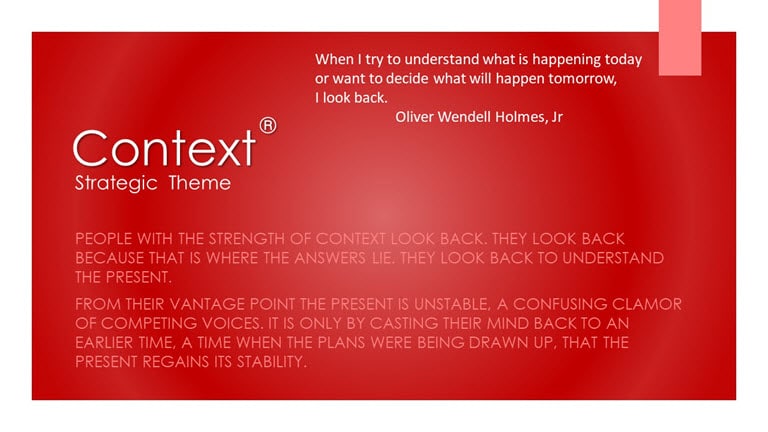
“Wouldn’t it be great if . . .” is this the question that you often ask as you view what the future might hold, and this picture keeps pulling you…

“Wouldn’t it be great if . . .” is this the question that you often ask as you view what the future might hold, and this picture keeps pulling you…

Does your organization have someone who is the resident historian? Do you enjoy all the details of past decisions and fill everyone in on those to avoid pitfalls for the…